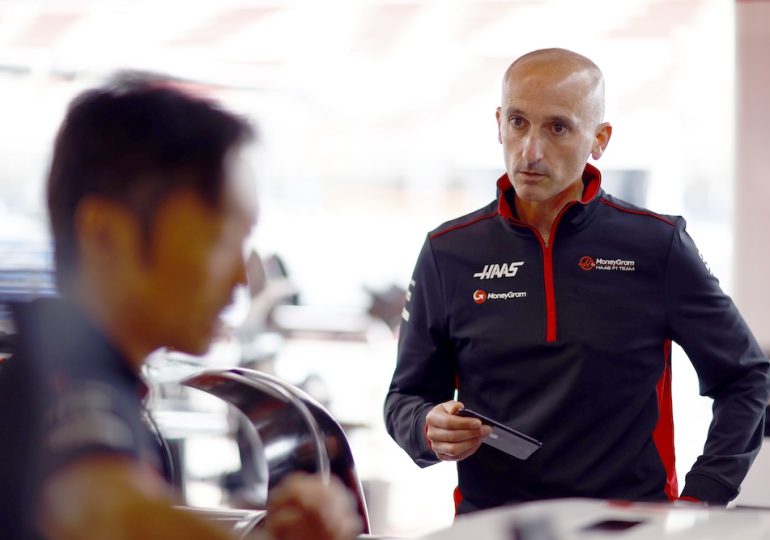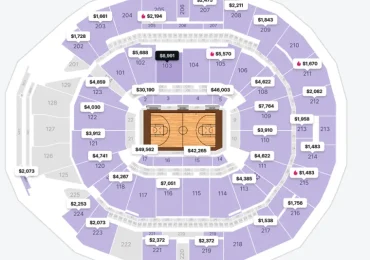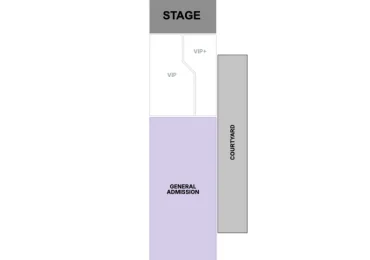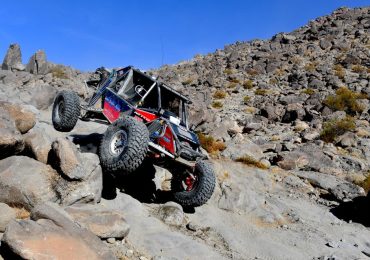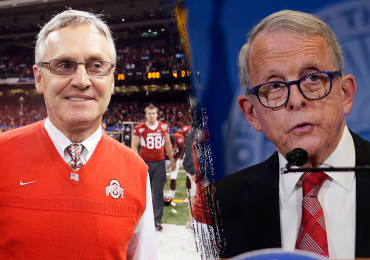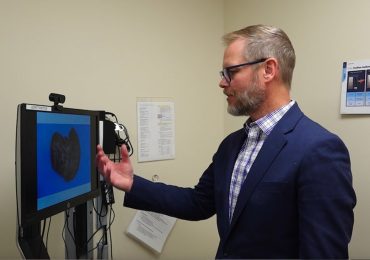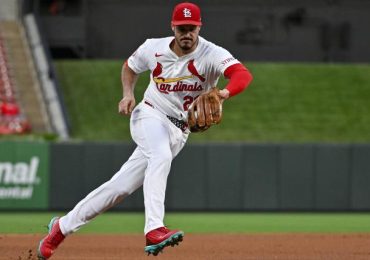Back in January, the Haas Formula 1 team appeared to be reeling. Guenther Steiner’s removal as team principal was a major shock, and it was swiftly followed by confirmation that technical director Simone Resta had also departed.
Less than two months before the start of the new season, Haas was set for new management both on the overall team side but also the technical department that juggles the Ferrari partnership with Dallara manufacturing.
It was hardly a surprise to hear Steiner’s replacement Ayao Komatsu setting extremely low expectations of where the team would be at the start of the year. 2023 had ended with Haas unable to overcome high tire wear and poor race pace, often seeing strong qualifying performances followed by an inevitable and frustrating slide to the back of the field. So, heading into the new campaign, Komatsu said: “Out of the gates in Bahrain, I still think we’re going to be towards the back of the grid, if not last.”
There was something else that Komatsu wanted to highlight, though, and it was the person tasked with moving the team forward from a car development point of view.
“Our new technical director is Andrea De Zordo,” Komatsu noted. “He was the chief designer previously and is a very technical person. His communication is good, he’s very engaged and he listens to people, so I’m very happy about that appointment.”
De Zordo had worked closely with Resta in the past but was also someone who had experience of what went wrong with Haas’ major upgrade at Circuit of The Americas last year that set the team back both in the short-term as well as in its development of its 2024 car. In many ways, he couldn’t lose. Haas had finished bottom of the constructors’ championship with the slowest car in races, so the only way was up.
“Of course it was a fresh start, because a lot of things changed — the organization, the way of working — so there was a certain change all in one go, not like it was planned out before,” De Zordo tells RACER. “You have to adapt to that alongside a new job for me and Ayao, and so it was a very demanding time. But the thing is I had a good relationship with Ayao before and I have a good relationship with him now. We work together I think quite well.”
The working relationship with Komatsu was something De Zordo needed to have faith in, as he admits he had some trepidation about taking on the technical director role for the first time. From the outside, a promotion might always look like a positive step, but the reality is it comes with added responsibility and fresh unknowns that can be daunting when you are happy in your existing role.
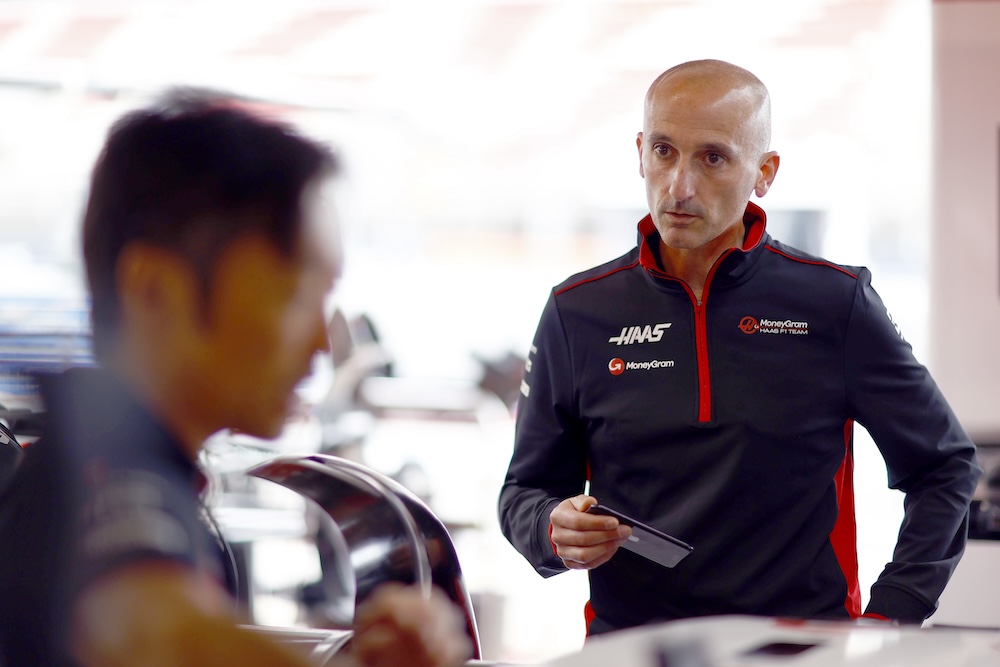 A strong working relationship with Komatsu helped De Zordo (at right) get off to a fast start in his new role. Andy Hone/Motorsport Images
A strong working relationship with Komatsu helped De Zordo (at right) get off to a fast start in his new role. Andy Hone/Motorsport Images
“It was something completely not expected. The day they asked me to take on the role, I woke up in the morning and I didn’t even think of that,” he admits. “It was a very, very big surprise. Of course I was scared initially — very scared — because it was a big jump. So I thought carefully about that; I was not sure at the beginning, and then I accepted the proposal.
“The first month was very, very busy. You really feel the pressure in your stomach. You wake up each morning and you say, ‘I hope to be able to do it.’ And then day after day you realize that you can do it and you get used to it. You feel more comfortable, and now I’m quite happy with the role. I like it. I feel the pressure — it’s very, very difficult.
“Of course, I’m not the best person to say if I’m doing a good job or not, but I am pushing as hard as I can.”
While credit needs to go to Resta and the rest of the technical group for the work done up to the point that De Zordo was promoted, the on-track performances would certainly suggest he’s doing more than a good job. The Italian has overseen an upgrade package that had a clear impact at the British Grand Prix — the second consecutive race Haas secured a top-six finish — but he says the impact of last year’s struggles should not be underestimated as the team was able to identify the direction it should be working in.
“We did a lot of work for the race performance. I think to see that this year we are even faster in races than we are in qualifying is quite satisfying,” De Zordo says. “It means we are working in the right direction … We are consistently in the battle.
“It’s a contribution of a few factors, and if you miss one of these then it doesn’t work, even if the rest is good. Last year we lost a lot in key areas, and when we looked at that, we started to regroup.
“We did a lot of work over the winter to improve in all the areas we know we have to improve and finally it works — if you go trackside it works — and also the way we work changed. So it’s not only hardware or drivers, it’s also approach. We understand a lot more, and even now it’s a lot more clear what we have to do to go faster and move forward.
“We try to attack everywhere. Of course with this regulation the floor is the main thing, and how the floor interacts with the rest of the car. So the main focus is on that, but there are also a lot of details in the car that we are not completely happy with and we know we can improve.
“Maybe it’s not a big thing, but a detail here and a detail there, maybe you don’t see it in the wind tunnel but you know if it’s not right then it can cost you effort and performance. So we try to put our attention everywhere — big packages but also small details.”
The change in leadership at the start of this year was followed by further focus on the intentions of Gene Haas and his commitment to Formula 1, that were soon shown to be as serious as ever. Extra backing followed for Komatsu as he began to show that the investment was being well spent, and De Zordo is in a similar position.
A list of areas that the car development team would like to see an increase in resources for is being put together, because the technical director is aware that the current competitive picture could look very different in just a few months’ time given the potential of the others on the grid.
“For me the target must be to improve. It must be,” De Zordo says. “I think there are a couple of teams this year that are underperforming, and it means if we want to keep up the pace next year we must improve and not consider that someone else will maybe not improve. So for me the target must be to be at the top of the midfield. To do that, we still need to make a step.”
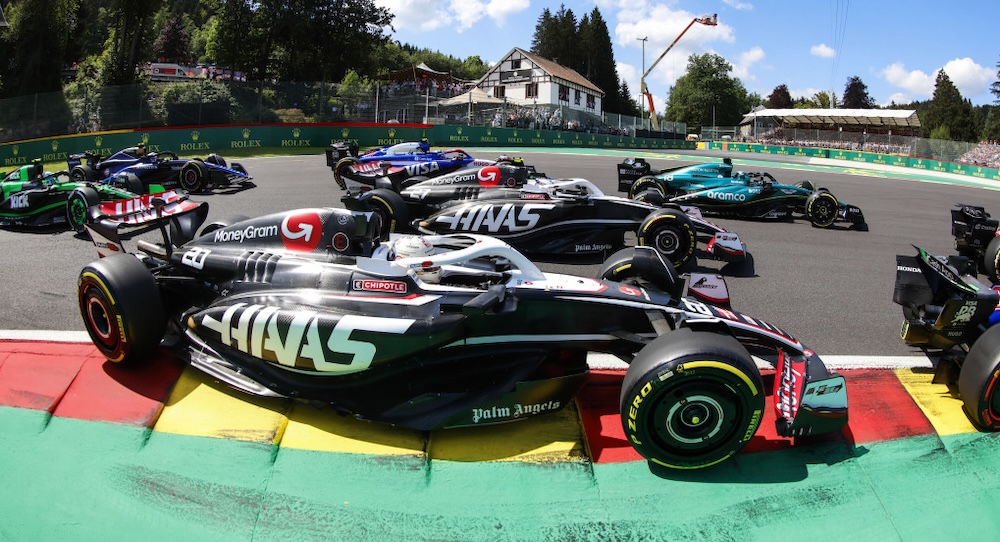 The tightening of F1’s midfield has benefited Haas, but De Zordo knows the team will have to fight to keep its upward trajectory going. Steven Tee/Motorsport Images
The tightening of F1’s midfield has benefited Haas, but De Zordo knows the team will have to fight to keep its upward trajectory going. Steven Tee/Motorsport Images
Like all of those in charge of car projects, next year is fighting for attention amid the looming opportunities that exist when the 2026 regulations come into effect. Haas has a recent track record of strong starts to new rules cycles, and De Zordo has a clear goal in mind for his first set of new regulations.
“I’ve thought about it a few times myself, that every change of regulations we did well,” he says. “I think the best results of the last three years have been the first race of the new regulations. But I don’t want to count on that. We know that it’s very difficult, and for a team such as us, with smaller resources, it’s even more difficult.
“As we approach the next challenge, the next generation of car, we must spend the time understanding what the rules are asking, what the possibilities are. Because with these regulations we are doing well, but at the same time I realize that someone else did better.
“My personal opinion is that one of the big advantages for Red Bull is taking the right path from the beginning, and keeping developing in the right path. All the other teams at some stage had to change direction, to lose performance and regain it, and catch up.
“So to start from the beginning, choosing the right path is fundamental. Even if you have to spend some more time on it, even if you get to the first race not as well prepared as you were in the past but being on the right path, then the performance will come eventually.”
If the trajectory of 2024 is anything to go by, there’s no reason to believe De Zordo isn’t the person to guide Haas onto that path over the next few years.

